Which type of school performs better – academies or local authority schools?
This is a tricky question to answer. Much of the published material on the topic calls to mind the old adage about lies, damned lies and statistics.
This report from the government – unsurprisingly – has come down on the side of academies, citing the fact that underperforming LA schools tend to improve their Ofsted ratings after academisation.
But a recent report from the Local Government Association has – equally shockingly – come down on the side of LA schools. This analysis point to figures showing that LA schools are more likely to have good or outstanding Ofsted ratings than academies.
Both of these points are true. But we can pick holes in both of them.
Although data shows that underperforming LA schools improve after academisation, we don’t know whether the same schools would have improved anyway had they remained as LA schools. Relatively few schools remain ‘stuck’ with a less than good Ofsted rating over an extended period, so we’d probably expect some improvement over time.
And, while it’s true that LA schools are more likely to have top Ofsted ratings than academies, we need to bear in mind that underperforming LA schools are forced to academise, so we might expect the remaining pool of LA schools to perform well.
So is there a more balanced way to compare the Ofsted ratings of academies and LA schools?
The plan
Prior to 2010, academies had been poorly performing state schools. The best evidence so far on the effectiveness of these (by Andrew Eyles and Steve Machin) suggests that they had a positive effect on pupil performance.
In 2010, the Academies Programme was widened to allow schools judged good or better by Ofsted to “convert” to academy status. These are a very different set of schools to the first batch of academies as Eyles and Machin set out in later work (whose title is quite a good joke for two economists).
The question we’re left grappling with is whether this has had any effect on pupils’ education.
We haven’t got a definitive answer to this but were asked via Twitter to make an attempt to compare like with like.
To do this, we’ll compare the current Ofsted ratings of schools that were rated as good in 2010, the year that academisation was widened. We can then look at whether there’s a difference in the current ratings for schools that went on to academise, and those that didn’t.
We should note that, although we’ll be looking at Ofsted judgments here, there are of course lots of other ways to measure school performance. And Ofsted judgments are by no means perfect.
Setting the scene
We’re going to restrict this analysis to mainstream schools. We’ll be using Ofsted management information and data from Get Information About Schools.
We’ll break schools down in three main groups: academies, LA (Community) / foundation schools, and voluntary aided / controlled schools. The third group are maintained by LAs, but we’ve separated them out as they tend to be faith schools.
We will also break academies down further into two groups: academy converters and sponsored academies.
The majority of academy converters are former LA schools that chose that convert into academies. Most sponsored academies are former LA schools that were academised following a period of underperformance.

Around half of academy converters and LA schools were rated good in 2010, compared to around a third of sponsored academies.
There are fewer sponsored academies than either of the other two groups in total anyway, so between this and the lower proportion rated as good in 2021, the number of sponsored academies in our sample is quite a lot smaller than the number in the other groups.
Current Ofsted ratings by school type
Let’s start with a look at the current Ofsted rating of all schools that were rated as good in 2010.

Over three-quarters still have a good rating, and 14% are now rated as outstanding. One in ten now have a lower rating.
So how does this break down into school type? Let’s start by comparing all academies to LA and VA/VC schools.

All three school types are equally likely to be currently rated as outstanding. But academies are more likely to have a lower rating, particularly the lowest ‘inadequate’ rating.
But grouping academies together is likely to mask differences between academy converters and sponsored academies, so let’s break them down.

As we’d expect, given most sponsored academies were academised following a period of underperformance, sponsored academies are more likely than other school types to have a lower Ofsted rating.
Academy converters are also slightly more likely to have a lower rating: 10% of academy converters have a current rating less than good, compared to 8% of LA schools.
But they are also more likely to have a current outstanding rating: 16% have a top rating compared to 14% of LA schools.
A quick look at the current ratings for all schools
We’ve been focusing on schools that were rated as good in 2010, but while we’re at it, it’s also worth taking a look at how the current ratings of all schools compare to their 2010 ratings.
The Sankey diagrams below show how ratings have changed for each school type based on their current governance.

There are considerable differences in both the 2010 and current ratings by school type, but all school types are more likely to be rated as 2 (or good) today than they were in 2010, and less likely to have either an outstanding rating, or a rating less than good.
So what’s the answer?
As ever really, the figures could be sliced in different ways to support different conclusions.
LA schools that were rated as good in 2010 are more likely than comparable academies to have a good or outstanding rating today.
On the other hand, converter academies that were rated as good in 2010 are (slightly) more likely than comparable LA schools to be rated outstanding today.
In our view, comparing converter academies to LA schools may be fairer than comparing all academies to LA schools. And – despite the slight difference in outstanding ratings mentioned above – there’s not much difference in current Ofsted ratings for LA schools and converter academies that were rated as good in 2010.
So we’ve not come anywhere near to answering the question. And we’re sure plenty of holes can be picked in our methodology.
But perhaps we need to stop arguing over which school type is best and embrace the statistician’s favourite answer: it depends.

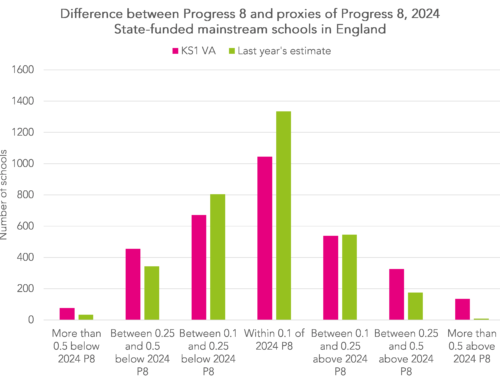
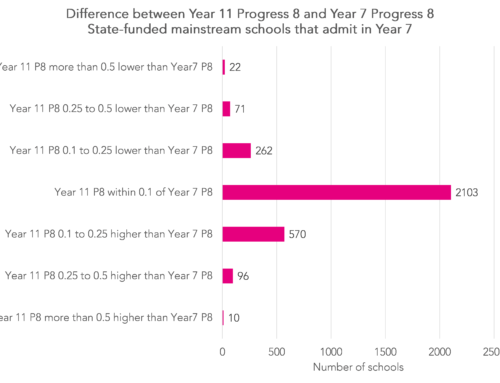
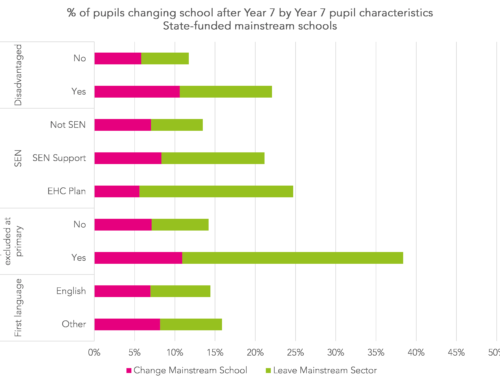
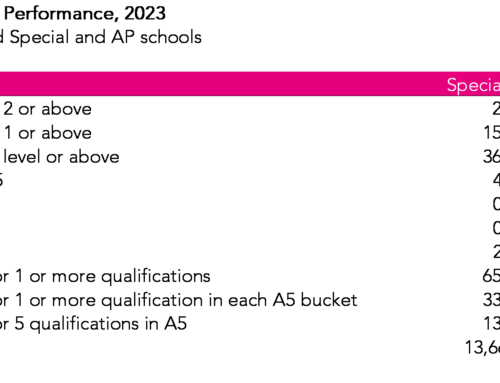
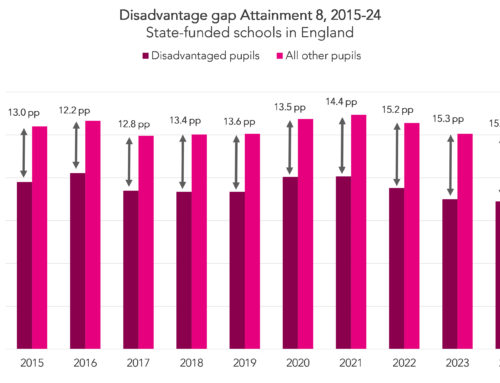
Leave A Comment